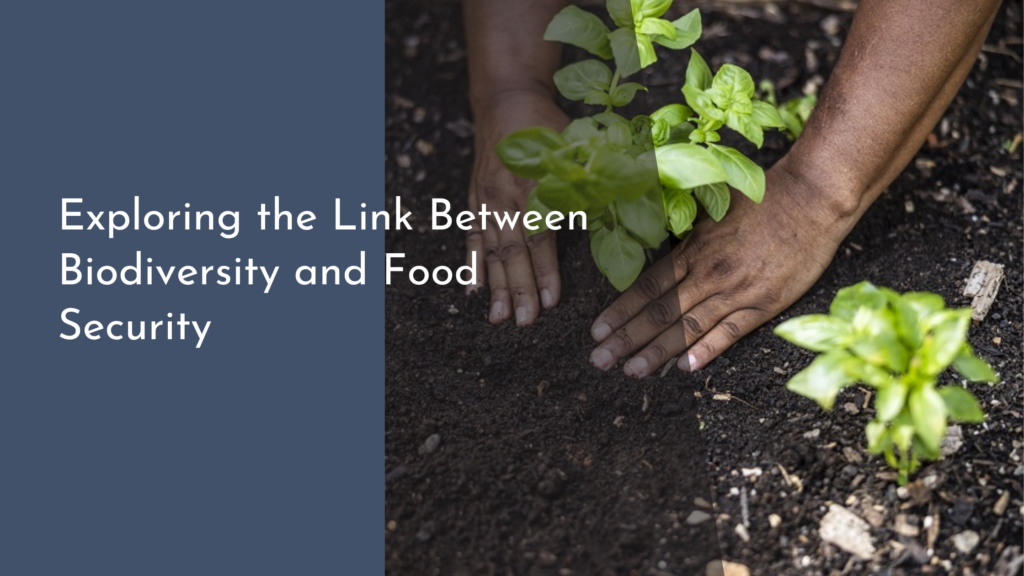Restoring Ancestral Lands: Repatriation and Ecological Healing
Restoring ancestral lands is an important movement that intertwines cultural heritage with ecological healing. Many Indigenous communities around the world are reclaiming their ancestral territories, which have been disrupted by colonialism, industrialization, and other forms of exploitation. This restoration not only seeks to revive cultural practices and traditions but also aims to heal the land itself, creating a sustainable relationship between people and their environment. As we explore the significance of these efforts, we can appreciate the profound impact they have on both cultural identity and ecological health.
The journey of restoring ancestral lands is a multifaceted process that requires understanding the deep connections between people and the land. It is essential to recognize that these territories are not merely physical spaces; they embody the histories, languages, and traditions of the communities that have inhabited them for generations. The land holds stories of resilience and survival, and its restoration is a way to honor those narratives. By reconnecting with their ancestral lands, communities can revive traditional ecological knowledge, fostering practices that promote biodiversity and environmental stewardship.
Understanding Ancestral Lands and Their Cultural Significance
Ancestral lands are spaces imbued with cultural, spiritual, and historical importance for Indigenous peoples. These lands are often viewed as living entities that sustain not only the physical needs of the community but also their cultural identity. For many Indigenous groups, their relationship with the land is deeply spiritual; it involves rituals, storytelling, and a sense of belonging that transcends generations. Understanding this relationship is crucial for appreciating the significance of restoring these lands, as it reflects a broader struggle for cultural survival and autonomy.
Moreover, the significance of ancestral lands extends beyond cultural identity to encompass ecological wisdom. Indigenous peoples have long practiced sustainable land management techniques that promote biodiversity and the health of ecosystems. These practices are rooted in a holistic understanding of the interconnectedness of all living beings. By restoring ancestral lands, communities can not only reclaim their cultural heritage but also contribute to the global effort of ecological restoration, showcasing the importance of integrating traditional knowledge into modern conservation practices.
The Role of Repatriation in Ecological Restoration
Repatriation is the process of returning land to Indigenous peoples, allowing them to reclaim their rights and responsibilities as stewards of the land. This movement is not only about returning physical territory but also about restoring the cultural and spiritual connections that have been severed through colonization. When communities regain control over their ancestral lands, they can implement traditional ecological practices that have been passed down through generations, fostering a more sustainable relationship with the environment.
The act of repatriation also serves as a powerful statement of justice and acknowledgment of historical injustices. It empowers Indigenous communities to take charge of their ecological futures, allowing them to heal both the land and their cultural identities. By reclaiming their lands, these communities can work towards restoring ecosystems that have been degraded or exploited, promoting biodiversity and resilience in the face of climate change. The synergy between cultural revival and ecological restoration underscores the importance of repatriation in fostering a healthier planet.
Success Stories: Communities Reviving Their Heritage
Around the world, numerous communities have successfully revived their ancestral lands, demonstrating the potential for ecological healing through cultural restoration. One inspiring example is the Yurok Tribe in California, who have worked tirelessly to restore the Klamath River, a vital resource for their culture and livelihood. Through collaborative efforts with government agencies and environmental organizations, the tribe has implemented salmon restoration projects and reintroduced traditional land management practices, leading to a resurgence of both fish populations and cultural practices.
Another notable success story is the Maori of New Zealand, who have reclaimed the management of their ancestral lands through the Treaty of Waitangi settlements. This has allowed them to reinvigorate traditional practices such as kaitiakitanga, or guardianship, which emphasizes sustainable resource management. By integrating traditional ecological knowledge with modern conservation techniques, the Maori have successfully restored native ecosystems, enhanced biodiversity, and revitalized their cultural heritage, showcasing the powerful impact of ancestral land restoration.
Steps to Support Ancestral Land Restoration Efforts
Supporting ancestral land restoration efforts requires a multifaceted approach that involves education, advocacy, and collaboration. One of the first steps individuals can take is to educate themselves about the histories and cultures of Indigenous peoples in their regions. Understanding the context of land dispossession and the importance of restoration can foster empathy and support for these communities. Engaging with Indigenous voices, whether through literature, documentaries, or community events, can also enhance awareness and appreciation for their struggles and successes.
Advocacy plays a crucial role in supporting ancestral land restoration. This can involve speaking out against policies that threaten Indigenous lands, supporting land-back movements, and encouraging local governments to recognize and respect Indigenous rights. Additionally, individuals can collaborate with Indigenous communities by volunteering for restoration projects, donating to organizations that support land repatriation, or participating in local initiatives that promote Indigenous-led conservation efforts. By standing in solidarity with Indigenous peoples, we can contribute to the healing of both the land and its original stewards.
The movement to restore ancestral lands is a vibrant tapestry of cultural revival and ecological healing. By understanding the significance of these lands and supporting repatriation efforts, we can help Indigenous communities reclaim their heritage and restore the health of our planet. Each success story serves as a beacon of hope, illustrating the power of resilience and the potential for a harmonious relationship between people and the environment. As we move forward, let us celebrate and support these efforts, recognizing that the restoration of ancestral lands is not just a local issue but a global imperative for a sustainable future.

